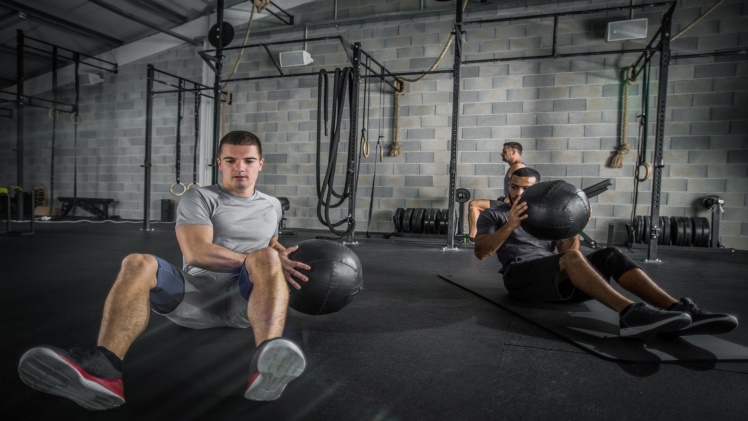Strength or cardio training isn’t the only part of doing sports. It’s important to prepare your body for physical activity by warming it up, which is usually called warming up. It’s performed by professional athletes and amateurs alike. These tips will help you understand the importance of the warm-up and tell you how to do the warm-up complex correctly.
The benefits of warming up are:
- Warming up before a workout prepares the musculoskeletal system and muscles to perform exercises. Warm muscles have more elasticity than cold ones and provide good strength output.
- Joints become more mobile (due to the release of intra-articular fluid) and ligaments become more flexible (you prevent ligaments from tearing, which takes months to recover).
- The body is enriched with oxygen.
- A cardiovascular system adapts to apsession physical activity: heart rate, temperature and pressure increase. But don’t worry, at the end of the workout the indexes return to their usual state.
- The body’s production of adrenaline and testosterone increases.
- The metabolism is accelerated (more calories are burned during the workout).
Benefits of Warming up
Few people know that warming up increases the body’s performance. This is due to the acceleration of blood circulation timechi. At rest, the level of blood circulation in the human body is only 20%. However, after a classic warm-up, the capillaries turn on the blood flow and expand. As a result, you get a blood circulation rate of 70 to 75%.
The warm-up also improves balance and coordination of movements. It prepares the athlete not only physically but also psychologically for the workout. You move from a calm state to an active one, begin to feel and control your body. As a consequence, you perform any exercise correctly and with high quality net worth.
Now let’s analyze in detail the most important advantage of the warm-up – the protection of the athlete from injury. Suppose you have a sedentary job, enjoy spending your evenings playing at https://22bet.com/slots/, and spend the whole day in the same position. Suddenly, you – office plankton suddenly decided to spend the accumulated energy, squatting a couple of dozen times. The body goes into complete shock from the exercise, the heart starts to beat frantically, and the next day you feel pain in the muscles. What was done wrong? – Everything! “Cold” and non-endurance muscles, which have never known such exertion, have gone to work urgently. The body was stressed and responded to the “offender” according to all the rules. Fortunately, these were not the most serious consequences that could occur. An unheated beginner has a high risk of serious injury (torn ligaments or dislocated joints). Thus, the benefit of warming up is to keep you healthy.
What Are the Dangers of Not Warming up
Training without a warm-up leads to various injuries:
- Reduced mobility of joints, their inflammation and deformation (knees, ankles, shoulders, and hips are especially vulnerable).
- Tension or rupture of ligaments.
- Dizziness.
- You may faint due to cardiovascular system abnormalities.
- High or low blood pressure in people with hypertension or hypotension.
Of course, due to the beginning gimnow.com of the problems, the productivity of the exercise decreases. You get tired faster, the sharpness of your movements decreases. The body rebels and grows tired from normal exertion. Notice similar symptoms? Then, you just need a long rest. Unfortunately, it becomes even more difficult to get back in shape after long breaks.
Algorithm of the Warm-up
A good warm-up lasts 15 minutes. Depending on the intensity of the upcoming training, the quality of the warm-up also increases. After the warm-up, you shouldn’t feel tired, but on the contrary – a burst of energy and readiness to work. Ideally, combine static and dynamic warm-up. This way the blood accelerates faster and saturates the body with oxygen.
Always start warming up the body from the top down. Depending on your workout plan, pay more attention to your legs, arms or back. Don’t do the warm-up too quickly, it can harm your joints and muscles.
Follow a simple algorithm:
- Start with a neck warm-up.
- Move on to the arms (shoulders, elbows, wrists, etc.).
- Stretch and stretch your back.
- Warm up your hip joints, knees, feet, and leg muscles.
Before the main part of the workout, do inclines to calm your heart rate. To do this, stand up straight with your feet slightly wider than your shoulders. Relax and slowly tilt your torso towards your toes. Hold at the bottom point and sway. Return to the bar easily, and at the final point, extend your arms upward. This exercise restores breathing and prepares you to work hard.


